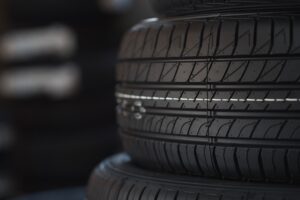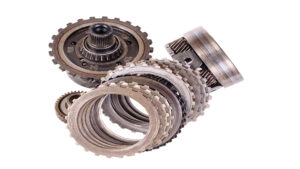Problems That Can Occur If A Timing Gear Isn’t Running True And How To Fix It
On previous episodes we discussed parts verification, specifically when it comes camshafts. When it comes to engines, blueprinting is important if you’re wanting clearances and tolerances that are specific to your application. Pat is getting into the problems you can run into if a timing gear isn’t running true and what you can do to check and correct it.
The end of the camshaft is extremely important because it’s where the timing gear is bolted. If that surface isn’t perpendicular with the ground journal that’s when it can cause you problems since the top gear won’t run true. Three common problems that occur from a timing gear not running true:
1) Excessive wear on the chain and gear. As they wear out, they can deposit metal debris into the oiling system. Worse yet, the top gear can fail which would leave to engine damage.
2) On flat tappet applications, the excessive back-and-forth cam movement can cause increased wear on lobes and lifters.
3) In extreme cases, it can cause ignition timing fluctuations and increase wear on the distributor gear itself.
So how would you go about checking for that? You’ll need a magnetic base dial indicator, which is an essential tool for engine blueprinting. It’s easiest to do it in the mock-up stage without a chain or bottom gear so if a change is needed to the front of the camshaft, it’s easy to pull out.
Attach the magnetic base to the block and zero out the gauge. Turning it with a speed-handle is ideal so your hands don’t get in the way. By rotating the cam slowly, the gauge will indicate the amount of runout at the timing gear. On the engine featured there is less than 0.0002 (Total Indicated Runoff) TIR. And while that’s an acceptable amount, anything higher and you’ll start experiencing some of the problems mentioned above.
You may have to get a machine shop involved when you have these issues since most people can’t do this themselves.









